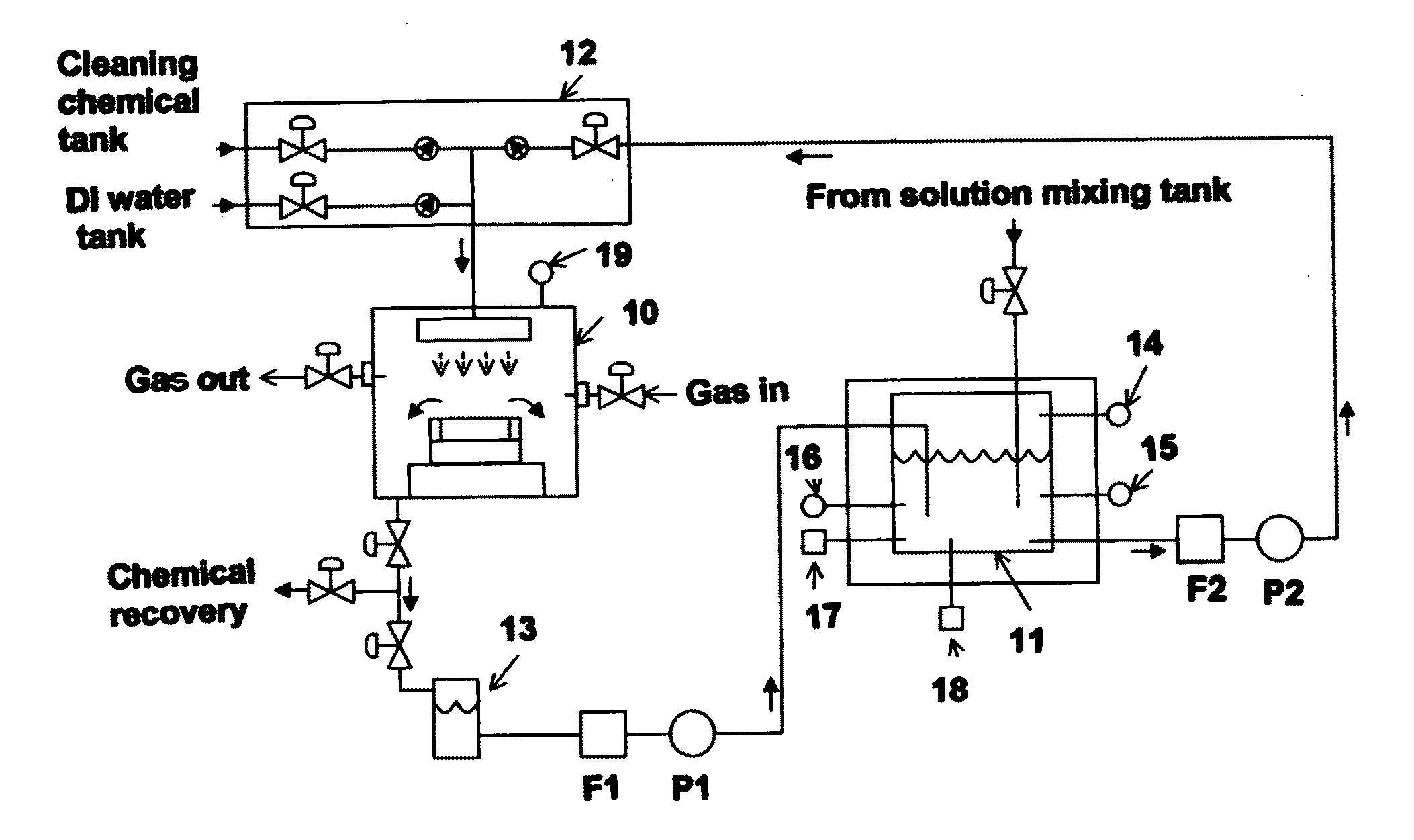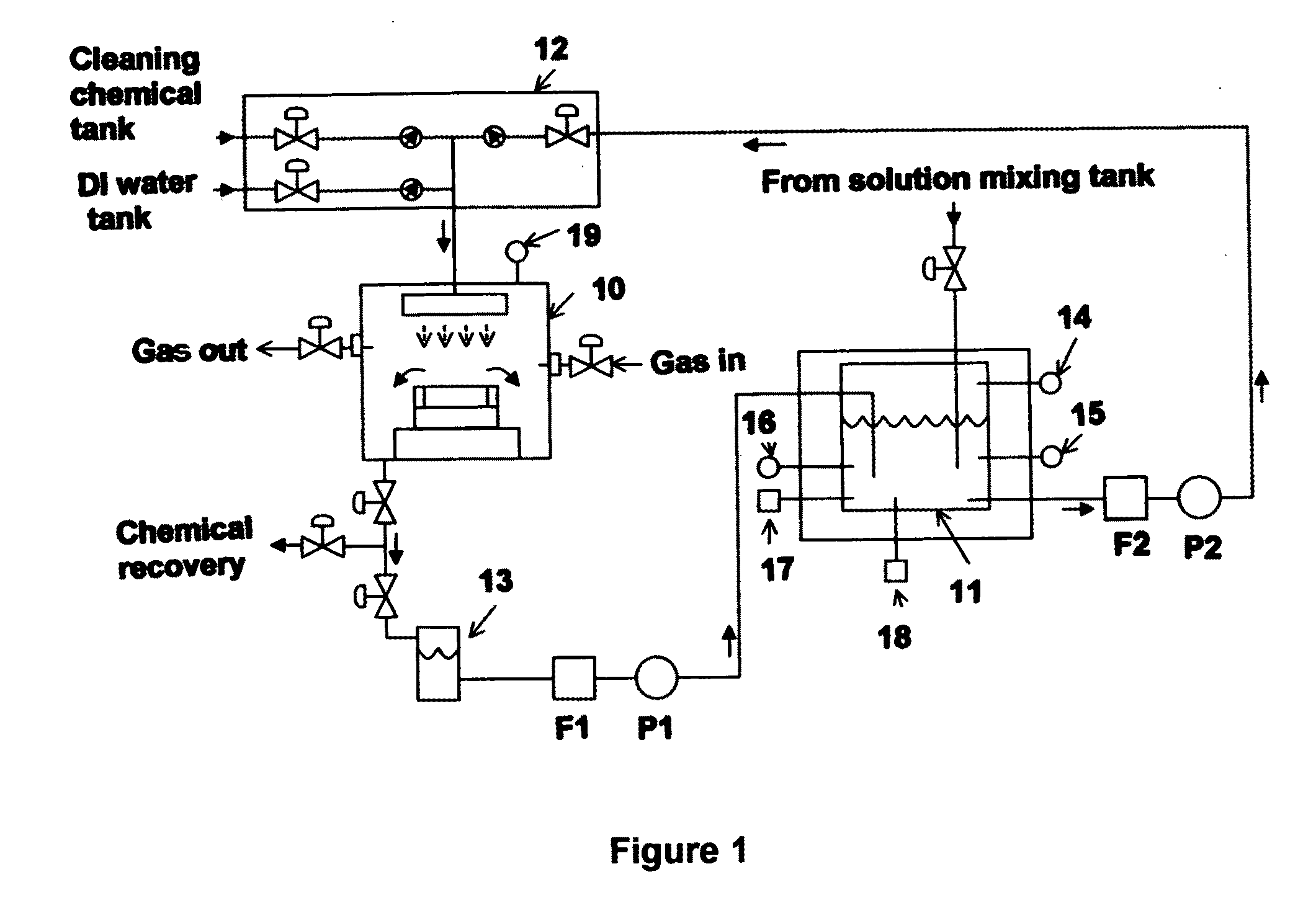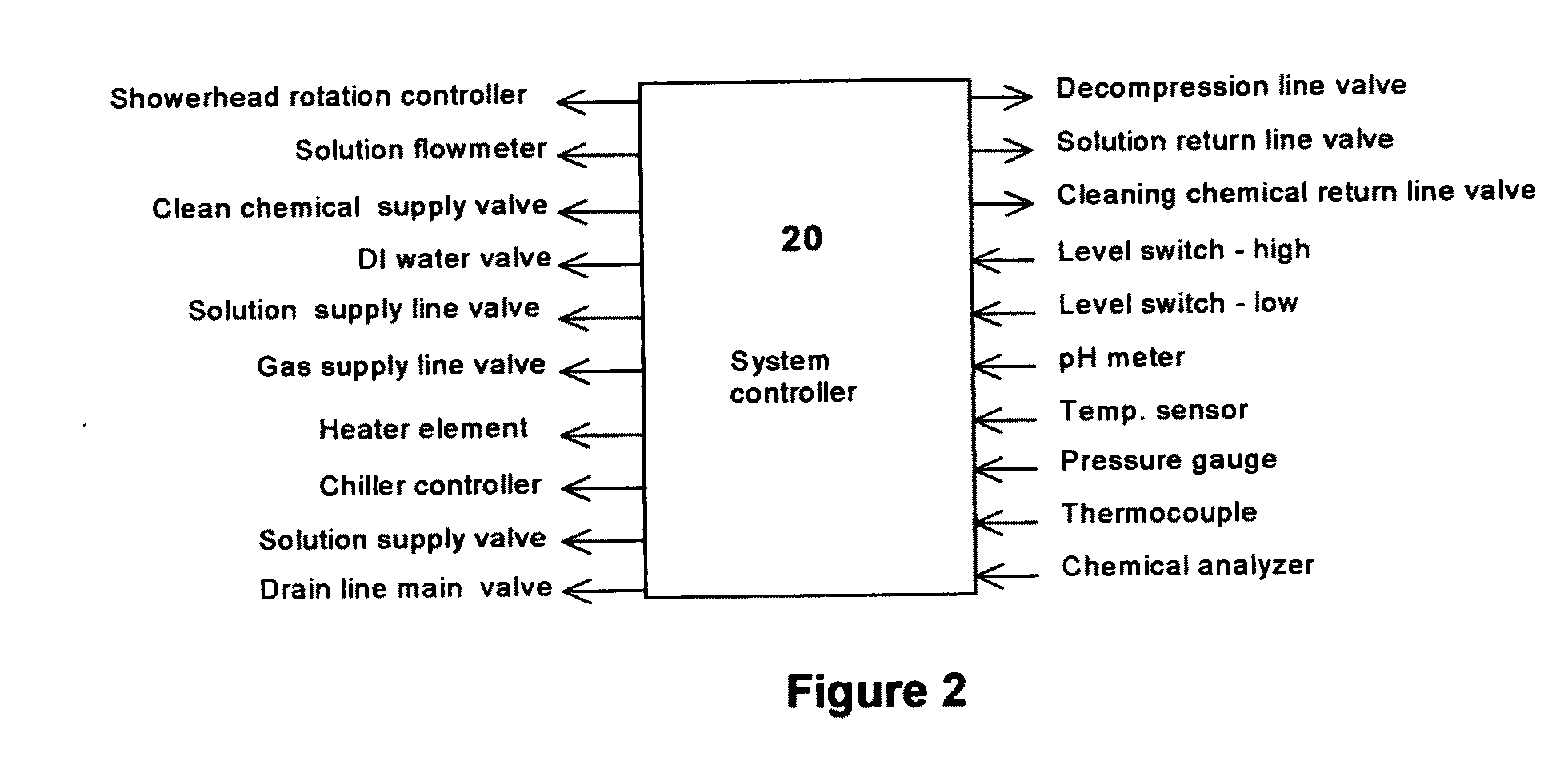Film growth system and method
a film growth and film technology, applied in the field of film growth system and method, can solve the problems of limiting electrical performance characteristics, non-stoichiometric proportions, and deposited films often include relatively high defect densities, and achieve the effects of improving physical, chemical, optical, and easy control
- Summary
- Abstract
- Description
- Claims
- Application Information
AI Technical Summary
Benefits of technology
Problems solved by technology
Method used
Image
Examples
Embodiment Construction
[0034]There has been a need for a chemical system that can create high quality films, e.g., semiconductor films, at high formation rates, while providing a relatively uniform film thickness across the entire substrate surface over which the film is formed. In accordance with several embodiments of the invention, such a high quality semiconductor film is formed by a replacement reaction wherein the system provides a continuous or replenishable supply of chemical processing solution. In several examples, the solution reacts about the surface of a heated substrate. The substrate temperature may be controlled to exhibit a substantially uniform temperature across the surface. That is, temperature differentials along the surface over which the film is formed are limited in order to effect a substantially constant reaction rate along the surface, thereby assuring a relatively uniform film growth rate. Further, the pH and composition of the solution may be continuously monitored and maintai...
PUM
 Login to View More
Login to View More Abstract
Description
Claims
Application Information
 Login to View More
Login to View More - Generate Ideas
- Intellectual Property
- Life Sciences
- Materials
- Tech Scout
- Unparalleled Data Quality
- Higher Quality Content
- 60% Fewer Hallucinations
Browse by: Latest US Patents, China's latest patents, Technical Efficacy Thesaurus, Application Domain, Technology Topic, Popular Technical Reports.
© 2025 PatSnap. All rights reserved.Legal|Privacy policy|Modern Slavery Act Transparency Statement|Sitemap|About US| Contact US: help@patsnap.com



